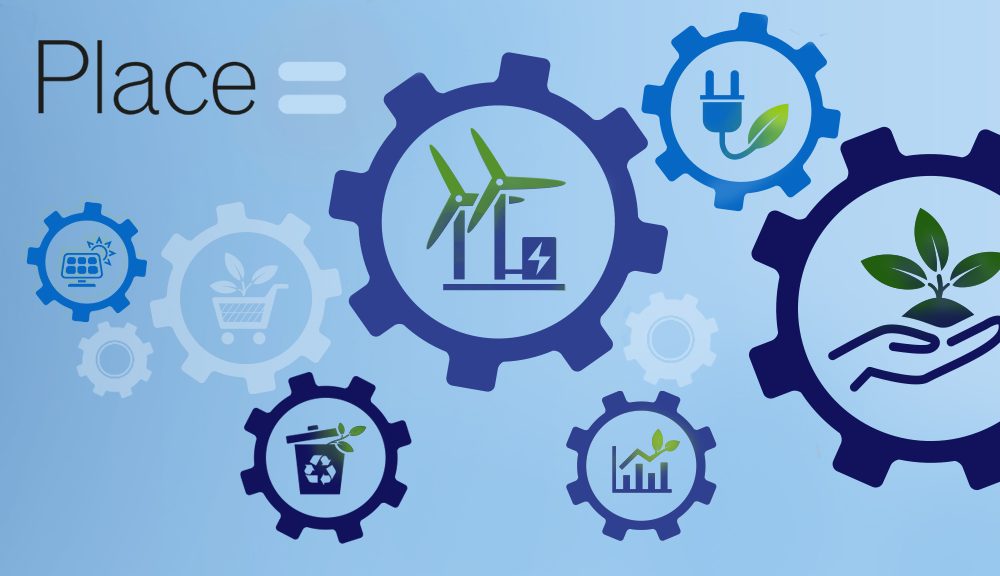
Planning, setting, and achieving your Net Zero Carbon Targets
Reaching net zero carbon by 2050 is a journey we all need to plan for and navigate; but there are no magic carpets or platform 9 and 3/4s. Like every journey, you need to make sure you are prepared; start from the beginning and map out your route.
Step one: Prepare for your journey
Before setting off and planning your targets, take a step back and assess your current carbon footprint. There’s no point setting targets based on what you think will help you reach net zero, they need to be based on your current usage, processes, and behaviours. Not only will this help you reach net zero, but it is the only way you can measure improvements.
Step two: Plan your route
Once you have reviewed your data, you can set your targets based on your short, medium, and long-term goals. Here are some examples:
- Short-term: these can include reducing your plastic waste by using products that are made from recycled packaging or installing LED lighting that has a motion sensor functionality to turn off automatically.
- Medium-term: these could focus on your water consumption, perhaps switching to automatic taps, or boosting biodiversity amongst your estates. You could also embed a walk or cycle to school initiative to reduce the number of vehicles travelling to the school gates every day.
- Long-term: these targets will naturally take longer to achieve and could require funding, for example replacing older boilers and installing low carbon heating measures.
For each target it is important to set a final deadline and measures of success, this will keep you on track to achieve your goals and help you manage the process. The end target might seem daunting, so you could set interim goals every five years to break this down.
Step three: Setting off on your journey
Once you define your targets, make sure you have buy-in from all stakeholders, you aren’t alone on the journey, it is important to include input from your property and estates, procurement, and communications teams as well as your supply chain.
There are elements you’ll be able to control, for example making sure your lighting and heating systems are suitable for your decarbonisation plans, but other factors might need some influence. You can implement the most effective net zero strategy but if users aren’t bought into the process it won’t be successful; you need to influence their behaviours. Try the following method:
- Collaborate: set up a steering group consisting of staff, students, parents, and suppliers; hold frequent meetings to discuss new ideas and processes. The group will also be responsible for communicating the process and influencing their peers.
- Incentivise: sometimes people need a push to change behaviours, to encourage students to cycle to school you could offer a road safety course as part of your P.E lessons or broker a deal with a nearby bike shop to provide discounts for families purchasing their bikes.
- Educate: this is probably the most important part of the influencing process; your students need to understand why these changes are important and how they can play their part. Once a term, dedicate a week to environmental education, it is easy to slot this into different subjects. The lessons might encourage students to help make their homes more environmentally friendly, or ultimately pursue a career in green companies.
Finally, speak with your supply chain to see if they can be doing more to offer eco-friendly initiatives within your contracts and make sure they are aware of your targets and progress. Our Everything FM framework includes sustainability specialists across buildings and energy should you need to appoint contractors. Everything FM is a fully compliant route to market where we can direct award or run mini competitions on your behalf saving you time and money. To find out more visit https://everythingfm.org/
The journey to your net zero destination will undoubtedly take some twists and turns, and the process will constantly need to be reviewed, monitored, and adapted. Just like you would with any service contract, make sure you monitor your targets and review the progress frequently.
If you would like to find out more information about achieving net zero carbon or speak to us about our Net Zero 10-Phase Journey you can email us at contact@place-group.com.
Place Group
@placegroupAndrew & @AnitaKEducation are looking sharp as ever at the brilliantly planned @MatAssociation MAT Growth Conference run by @Convenzis_Group
Swing by our stand this afternoon, or DM us to chat about all things procurement! 🗨️
#MATGrowthConference #MATGrowth https://t.co/NQevxoRQoz
Place Group
@placegroupRT @SchoolsBuyClub: The Schools’ Air quality Monitoring for Health and Education project (@SAMHEProject) will provide 2k schools with free…
